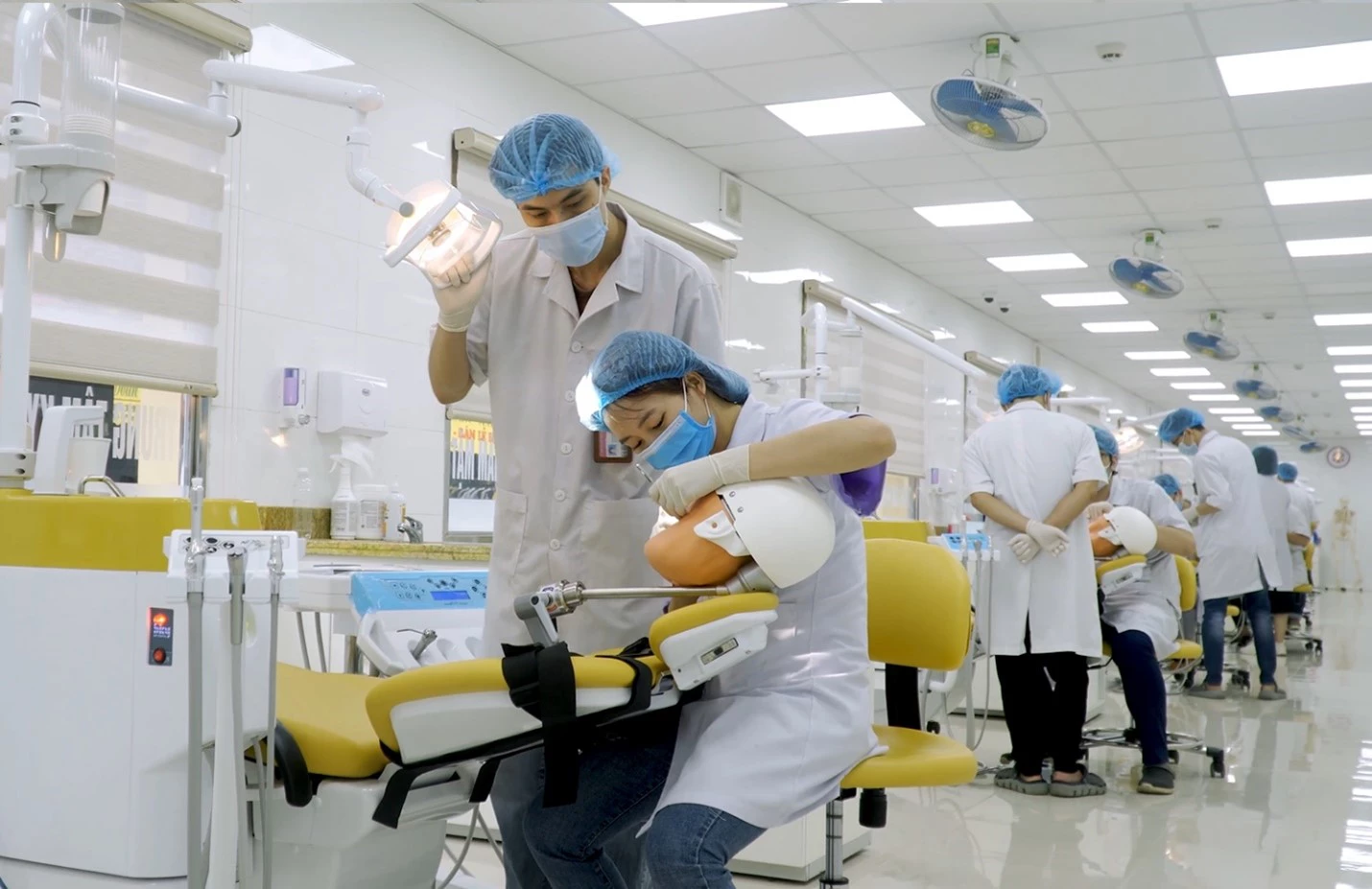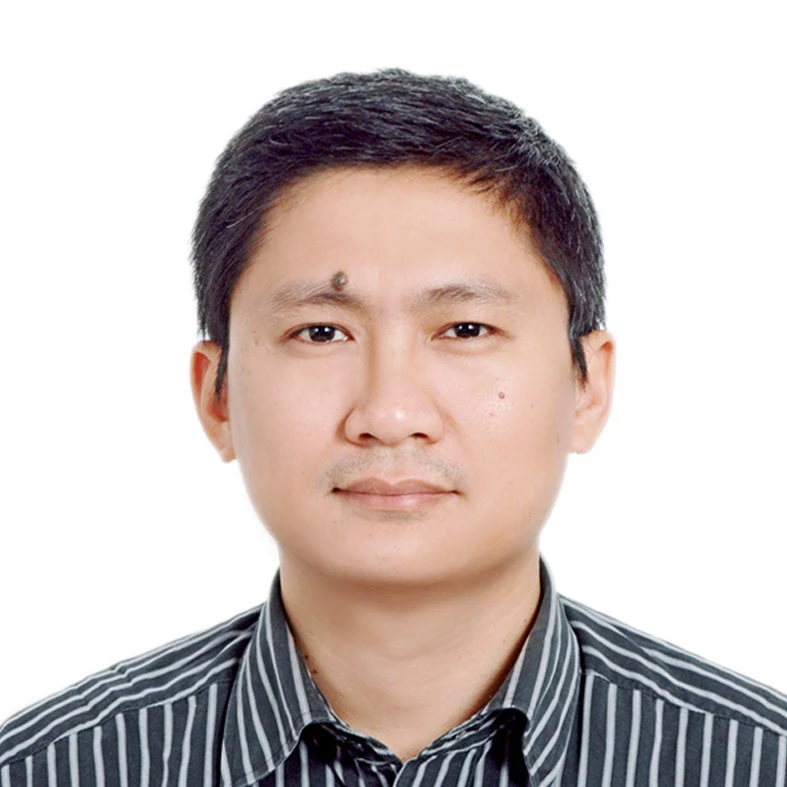 Simulation-based dental education in Vietnam. Photo Credit: Sang Minh Le/World Bank
Simulation-based dental education in Vietnam. Photo Credit: Sang Minh Le/World Bank
Globally, 3.5 billion people suffer from oral diseases, 90 percent of which are caused by dental caries. Tooth decay causes pain, infection, tooth loss, and missed school or workdays. Healthy teeth, gums, and mouth are essential to general health, well-being, and quality of life.
Over the past decade, the World Bank has engaged with member states of the Association of Southeast Asian Nations (ASEAN) in dental education. Ministries of Health and universities of health sciences in the region shared both interests in and concerns about a Mutual Recognition Arrangement (MRA) for dental practitioners, which was signed in 2009. Countries made progress in incorporating MRA principles into their legal frameworks. For example, Singapore revised its Dental Registration Act in 2009, and Myanmar created its Dental Council Law in 2011. However, the mobility of dental practitioners in the ASEAN Economic Community remains limited due to various challenges.
Addressing quality issues in dental education systems
Research attributes the slow implementation of the MRA for dental practitioners to the high diversity in education systems. The period of bachelor degree programs in dentistry ranges from four years in Singapore, five years in Malaysia, six years in the Philippines, Indonesia and Vietnam, to seven years in Cambodia. Since the early 2000s, Singapore, Malaysia Thailand, and the Philippines have introduced competency-based curricula in dental education. Dental practitioners with the required qualifications and experience obtained in an ASEAN country are not automatically granted registration or licensure in other member countries.
Harmonization of undergraduate dental education is necessary to create a foundation for mutual recognition of dental professionals across the region. ASEAN Joint Coordinating Committee on Dental Practitioners (AJCCD) endorsed Minimum Common Competency Standards for Dental Undergraduate Education. However, further developments in dental education are required to create comparable programs for all dental schools in ASEAN countries including a common curriculum with similar learning outcomes, training of dental educators, improvement of teaching-learning resources, as well as quality assurance.
Partnering with the World Bank to transform dental education
The signing of MRA for dental practitioners has put pressure on some ASEAN member states to upgrade professional regulation and education standards. The World Bank has become an important development partner with the governments to help transform dental education. From 2009 to 2014, the World Bank supported the Indonesia Health Professional Education Quality Project, which developed the quality assurance framework for dental education, helped dental schools improve the quality of dental education and undertake accreditation, and established competency examination centers for dental graduates. Between 2014 and 2021, the World Bank supported the Vietnam Ministry of Health to transform undergraduate dental education, in addition to medical and nursing education, under the Health Professionals Education and Training for Health System Reforms Project. The project strengthened the regulatory framework for dental education and supported the three largest dental schools to implement competency-based curricula successfully. Recently, the World Bank in collaboration with KfW Development Bank has been supporting the development and implementation of competency-based dental education in Cambodia through the Strengthening Preservice Education System for Health Professionals Project.
Towards achieving universal health coverage (UHC) for oral and dental care
In May 2022, the seventy-fifth World Health Assembly adopted the Global Strategy on Oral Health, which calls for embedding oral health within the noncommunicable disease agenda and for including oral health care intervention in universal health coverage (UHC) benefit packages. It also highlighted that the shortage of workforce hinders low- and middle-income countries from making progress toward UHC for oral and dental care. Standing by ASEAN member states, the World Bank is supporting dental education transformation towards building workforce capacity to provide quality oral and dental care for all people in the region.


Join the Conversation